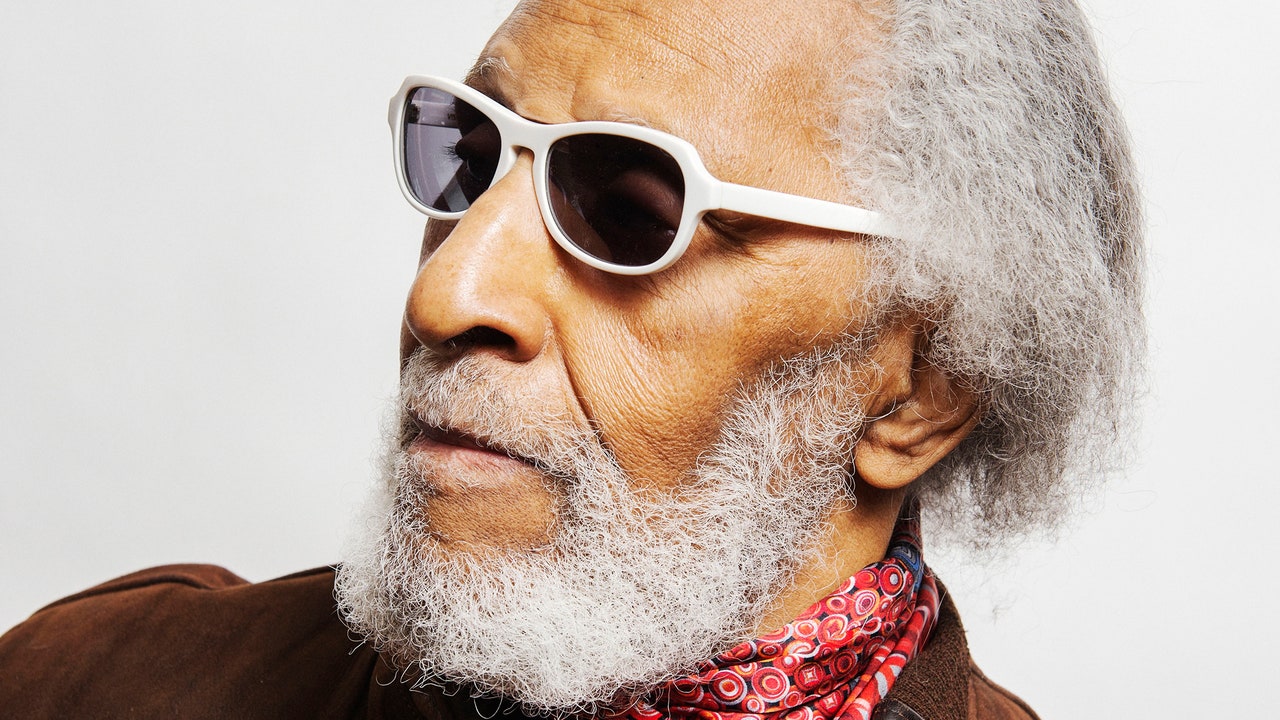She was "
The First Lady of Song"
The most popular female Jazz singer for over 50 years, she won 13 Grammy awards, including the breakthrough for being the first African American woman to do so.
She made over 40 million in album sales during her lifetime.
The Verve Record Label was launched to exclusively produce her music.
Her voice was flexible, wide-ranging, accurate and ageless. She could sing sultry ballads, sweet jazz and imitate every instrument in an orchestra. All the jazz greats from Duke Ellington, Louis Armstrong, Count Basie and Nat King Cole, to Dizzy Gillespie and Benny Goodman had the honor of working with her.
Let's remember the legendary Lady Ella!
 Early Years
Early Years
Born on April 25, 1917, in Newport News, Virginia, Ella Fitzgerald experienced a troubled childhood that began with her parents separating shortly after her birth.
With her mother, she moved to Yonkers, New York. They lived there with her mother's boyfriend. Struggling financially, the young Ella helpedout by working as a messenger "running numbers" and acting as a lookout for a brothel. Her first career aspiration was to become a dancer.
After her mother's death in 1932, Ella ended up moving in with an aunt. She started skipping school. She was then sent to a special reform school but didn't stay there long.
By 1934, Fitzgerald was trying to make it on her own and living on the streets. Still harboring dreams of becoming an entertainer, she entered an amateur contest at Harlem's Apollo Theater.
Ella went to the theater that night planning to dance, but when the frenzied Edwards Sisters closed the main show, Ella changed her mind. "They were the dancingest sisters around," Ella said, and she felt her act would not compare.
Once on stage, faced with boos from the rowdy crowd, a scared and disheveled Ella made the last minute decision to sing. She asked the band to play Hoagy Carmichael's "Judy," a song she knew well because Connee Boswell's rendition of it was among her mother's favorites. Ella quickly quieted the audience, and by the song's end they were demanding an encore. She obliged and sang the flip side of the Boswell Sister's record, "The Object of My Affections."
Off stage, and away from people she knew well, Ella was shy and reserved. She was self-conscious about her appearance, and for a while even doubted the extent of her abilities. On stage, however, Ella was surprised to find she had no fear. She felt at home in the spotlight.
"Once up there, I felt the acceptance and love from my audience," Ella said. "I knew I wanted to sing before people the rest of my life."
In the band that night was saxophonist and arranger Benny Carter. Impressed with her natural talent, he began introducing Ella to people who could help launch her career. In the process he and Ella became lifelong friends, often working together.
Fueled by enthusiastic supporters, Ella began entering - and winning - every talent show she could find. In January 1935 she won the chance to perform for a week with the Tiny Bradshaw band at the Harlem Opera House. It was there that Ella first met drummer and bandleader Chick Webb. He offered Ella the opportunity to test with his band when they played a dance at Yale University.
"If the kids like her," Chick said, "she stays."
Despite the tough crowd, Ella was a major success, and Chick hired her to travel with the band for $12.50 a week.
In mid 1936, Ella made her first recording. "Love and Kisses" was released under the Decca label, with moderate success.
By this time she was performing with Chick's band at the prestigious Harlem's Savoy Ballroom, often referred to as "The World's Most Famous Ballroom."
Shortly afterward, Ella began singing a rendition of the song, "(If You Can't Sing It) You Have to Swing It." During this time, the era of big swing bands was shifting, and the focus was turning more toward bebop. Ella played with the new style, often using her voice to take on the role of another horn in the band. "You Have to Swing It" was one of the first times she began experimenting with scat singing, and her improvisation and vocalization thrilled fans. Throughout her career, Ella would master scat singing, turning it into a form of art.
In 1938, at the age of 21, Ella recorded a playful version of the nursery rhyme, "A-Tisket, A-Tasket." The album sold 1 million copies, hit number one, and stayed on the pop charts for 17 weeks. Suddenly, Ella Fitzgerald was famous.
More on Ella's life in subsequent posts!
Inputs from : http://www.ellafitzgerald.com and biography.com


www.newyorker.com

